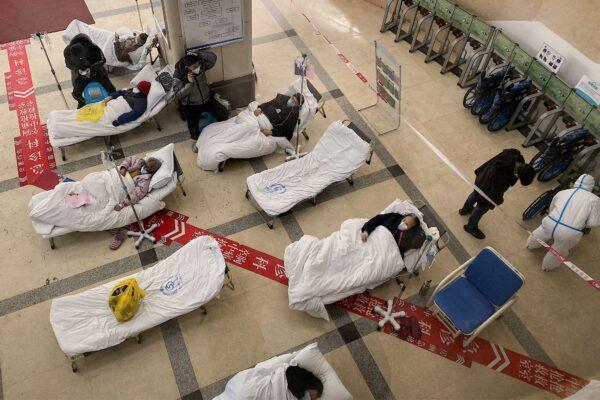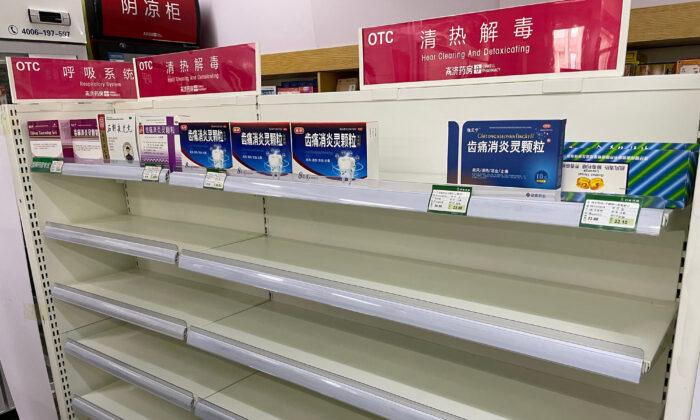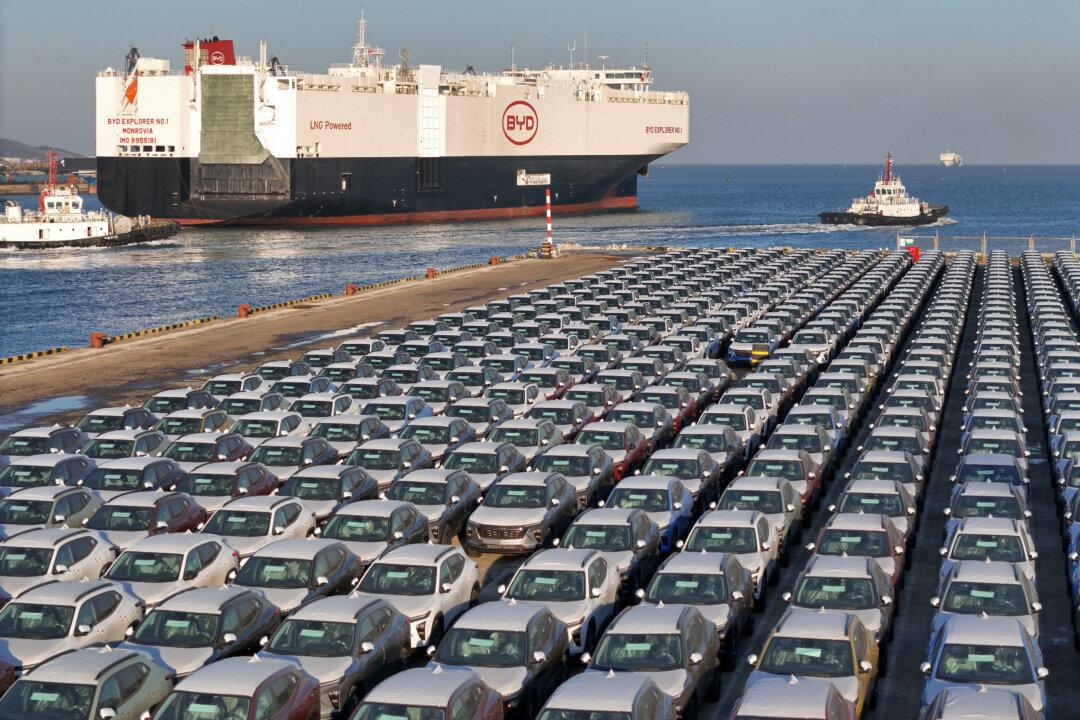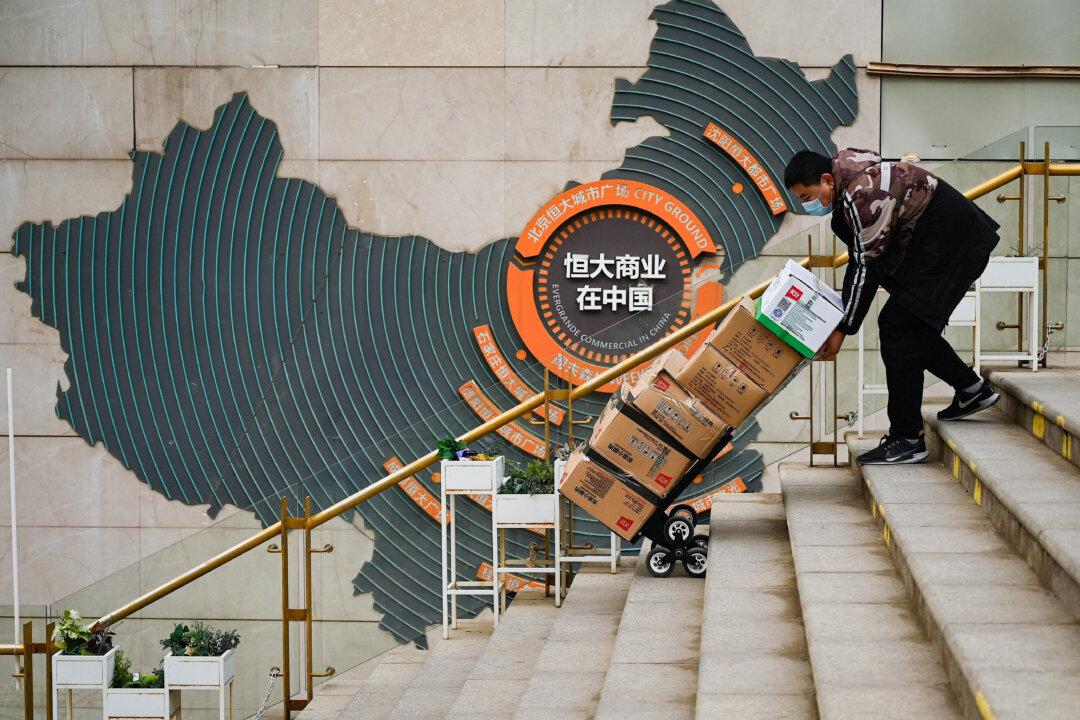Amid China’s major COVID-19 outbreak, panic buying of pain relievers and fever medicines has led to shortages in the country and abroad. Experts say the current rate of infections could breed new virus variants and threaten the international community.
However, the CCP still doesn’t have a clear roadmap for “coexisting with the virus,” nor has it allocated sufficient medical resources to cope with the predicted massive wave of infections.
Chinese Authorities Limit Drug Purchases
Pharmacies in China were ordered to ban or control the sale of cold and flu medication under the zero-COVID policy to prevent residents from using over-the-counter drugs to reduce or mask fevers and avoid illness detection. This is also due to people not wanting to be forced into PCR tests or sent to centralized quarantine facilities.Many pharmaceutical companies and pharmacies that made and sold the drugs went bankrupt because of the restrictions. The remaining factories weren’t given advance notice to prepare for a sudden increase in demand after the restrictions were lifted.
As clinics and pharmacies across China report long queues and a shortage of ibuprofen, paracetamol, and other fever-reducing medications, local governments are pledging to procure more drugs and distribute them to pharmacies.
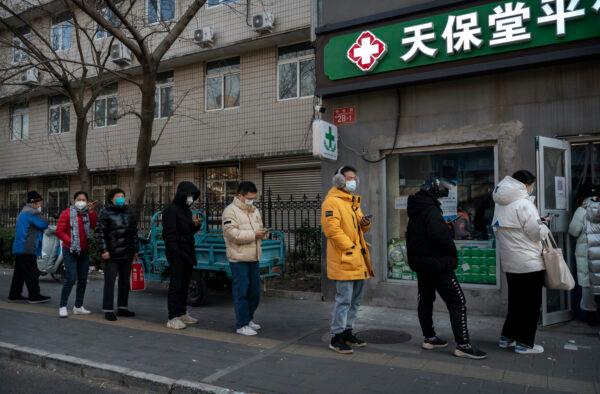
Officials in Nanjing City announced that they would add 2 million tablets of fever medicine to the market each day, starting on Dec. 18. However, the pharmacies were instructed to stretch out supplies by unsealing the packages and selling the tablets individually. The purchase limit is six tablets per person.
Likewise, pharmacies in Zhuhai City were also instructed by authorities to unseal packages of ibuprofen and sell the tablets individually, and the retail price per tablet was 1 yuan (about $0.14). Residents are limited to six tablets per seven days.
Despite being the world’s largest producer of the raw materials of ibuprofen, China is experiencing a severe shortage of fever-reducing medication.
The combined production capacity of the country’s top two leading pharmaceutical companies for ibuprofen raw materials is about 13,500 tons, of which Guangxinhua Pharmaceuticals accounts for 40 percent of the global production capacity.
Several Chinese sources criticized the CCP’s lack of communication with pharmaceutical companies before ending its zero-COVID policy abruptly, leaving the pharmaceuticals unable to expand production to meet the current demand.
An employee at the Chinese pharmaceutical giant Jiangsu Hengrui Medicine told The Epoch Times that the company only started to increase production in December.
“If pharmaceutical companies could be notified one to two months in advance, they wouldn’t be so passive now,” an unnamed pharmaceutical employee told The Paper, a Chinese state-owned media.
Huang Mei (pseudonym), the daughter of a retired senior official in Beijing, told The Epoch Times on Dec. 20 that the CCP’s sudden move to lift COVID restrictions left many people unprepared.
Panic Buying of OTC Drugs
China’s nationwide shortage of fever-reducing medications has resulted in the panic buying of pain relievers and fever medicines, and the wave of panic buying has quickly spread overseas, according to various media reports.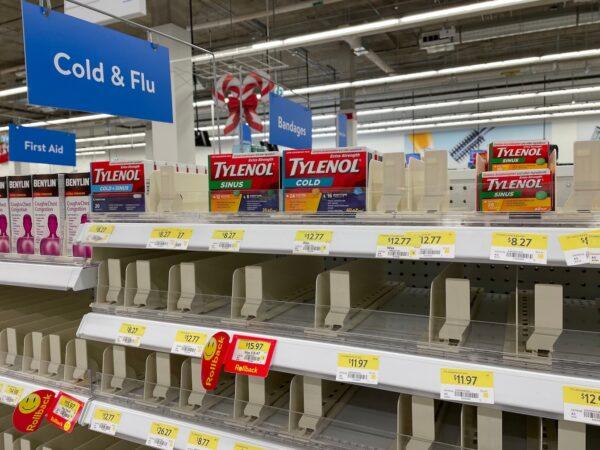
Likewise, in Macau, stores had empty shelves of cold and fever medicines. As a result, the local government imposed restrictions on purchasing painkillers, fever-reducing drugs, and antigen test kits.
Chinese customers also hoard large quantities of flu medicines and painkillers in Bangkok, Thailand.
‘The Virus Is Just Too Transmissible’
As many as 37 million people are contracting COVID in a single day in China, according to leaked minutes from a meeting of the country’s top health body confirmed by multiple news outlets.The cumulative number of infections in the first 20 days of December likely reached 248 million—nearly 18 percent of the population—officials said during the National Health Commission’s internal meeting on Dec. 21, only 13 days after the regime rolled back some of its toughest anti-COVID measures.
The figure is exponentially higher than the regime’s official virus tally, and if accurate, it would mean that China’s outbreak is the largest in the world.
The leaked minutes also said Beijing and Sichuan Province in the southwest were the hardest hit among the 31 provincial-level administrative regions, with cumulative infection rates of the residents exceeding 50 percent. Meanwhile, the infection rates of Tianjin city, Hubei, Henan, Hunan, Anhui, Gansu, and Hebei provinces range from 20 to 50 percent.
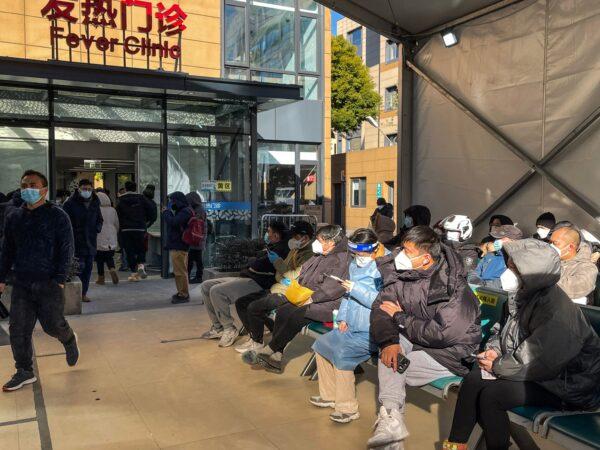
In epidemiology, scientists often use the “R number” to evaluate the virus’s transmissibility. It represents the number of people one infected person will pass on a virus to, on average.
However, scientists at China’s National Health Commission estimated the R number in the current surge is “a whopping 16.”
“That’s why China couldn’t keep their zero-COVID policy going. The virus is just too transmissible even for them,” Cowling told NPR.
He added that last winter, cases doubled in the United States every three days or so, but currently, in China, “the doubling time is like hours,” and that “even if [China] manage to slow it down a bit, it’s still going to be doubling very, very quickly.”
The model predicts that by mid-March next year, the country’s daily death toll may reach 20,000. Meanwhile, the demand for intensive care units will peak at 10 times capacity by late March, with daily admissions exceeding 70,000.
The aforementioned Huang told The Epoch Times on Dec. 20 that her father was hospitalized due to underlying diseases. On the ninth day after the Chinese authorities lifted the pandemic measures, her father tested positive for COVID.
“The sight of the hospital is tragic. Even the working doctors and nurses seem ill. Because of the many elderly people and COVID-positive patients, [the medical staff] are also infected,” Huang said.
